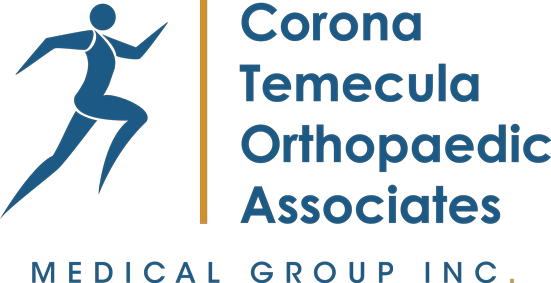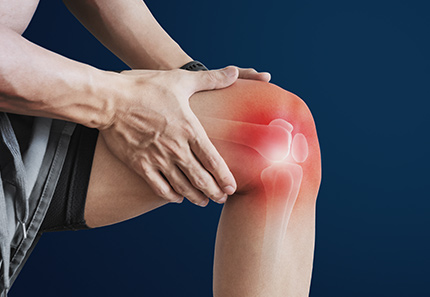
Arthroscopy: Shoulder, Wrist and Knee
Arthroscopy is a minimally invasive procedure that allows doctors to diagnose and sometimes treat joint injuries and disease through small incisions in the skin. It is often performed to confirm a diagnosis made after a physical examination and other imaging tests such as MRI, CT or X-rays. During an arthroscopic procedure, a thin fiberoptic light, magnifying lens and tiny camera are inserted into the problem area, allowing the doctor to examine the joint in great detail. Because it is minimally invasive, arthroscopy offers many benefits to the patient over traditional surgery including no cutting of muscles or tendons, less scarring, faster recovery, and more comfortable rehabilitation.
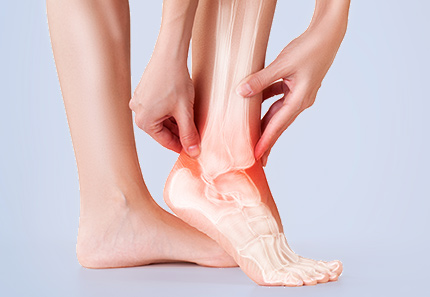
Foot and Ankle
We specialize in the medical and surgical treatment of musculoskeletal foot and ankle disorders. Our focus is on sports-related or traumatic injuries, fracture care, and other acute conditions or injuries.
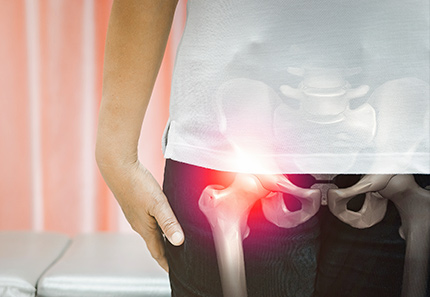
Joint Replacement: Hip and Knee
Hip replacement surgery removes the damaged, painful parts of the hip and replaces them with a prosthesis made of metal and plastic. The artificial joint can relieve pain and improve mobility when your natural hip can no longer do its job. An artificial ball and metal stem replaces the worn head of the thigh bone and a metal cup and artificial liner replaces the worn socket of the pelvis. The prosthesis allows the hip joint to move smoothly, so patients can enjoy a greater range of pain-free movement.
In a total knee replacement, the damaged ends of the bones are removed and replaced with a prosthesis made of metal and plastic. A partial knee replacement for patients with damage on only one side of the joint can delay or prevent a total knee replacement. These artificial parts allow the joint to move smoothly so the patient experiences pain relief and a better quality of life. Knee replacement can also help restore motion and improve stability.
Recent advances in surgical technology make it possible to perform minimally invasive joint replacements.
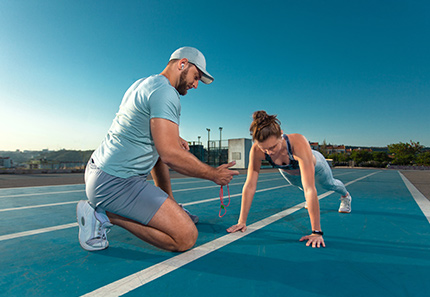
Personal Training/Sports Enhancement
Regular exercise has many benefits that may help you live a longer, healthier life. People who engage in moderately intense physical activity may reduce their risks of developing heart disease and other serious illnesses.
Every person is different, so an exercise plan that works well for one person may not work well for another. Corona-Temecula Orthopaedic Associate will help you develop a safe and effective exercise regimen that caters to your specific needs.
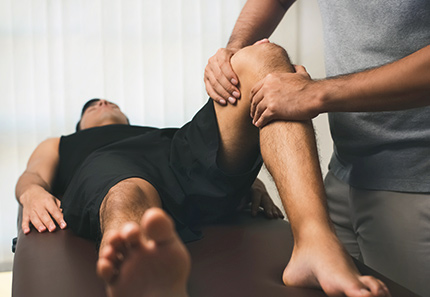
Sports Medicine
Sports medicine is a subspecialty of orthopedics that deals with the prevention, diagnosis, treatment and rehabilitation of injuries suffered during athletic activity. The goal of treatment is to heal and rehabilitate the injury so patients can return to their favorite activities quickly, whether it’s Little League, recreational play or a high school, college or professional sport.
As with a sports team, there are many physicians who work together to help the patient regain maximum use of the injured limb or joint. “Players” on the team are typically the physician, orthopedic surgeon, rehabilitation specialist, athletic trainer and physical therapist – and the patient him/herself.
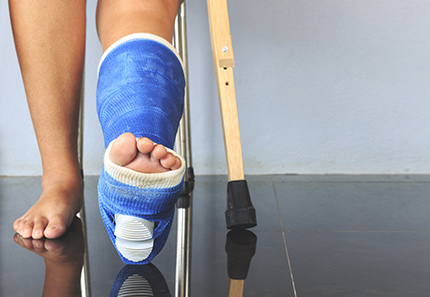
Trauma
A fracture is a break or crack in a bone that occur when the bone cannot withstand outside forces, often as a result of trauma. Fracture, break and crack all refer to the same thing. Fractures can range from a small crack in the bone to complete separation. They are often caused by a fall, motor vehicle accident or sports injury. Normal activities can also cause fractures for people at a higher risk, including those with low bone density (osteoporosis), bone tumors, cancer or brittle bone disease (osteogenesis imperfecta).
A bone fracture causes pain, swelling and sometimes bruising of the affected area. Applied weight or pressure causes even more severe pain. They are usually easy to diagnose, but treatment requires precision and care by experienced professionals.
After the proper treatment is performed, the rehabilitation process begins. It is important to care for your fracture while it heals. Full healing can take several weeks to several months. Your doctor will advice you on how to care for your fracture and helpful measures you can take to ensure a speedy and healthy recovery.
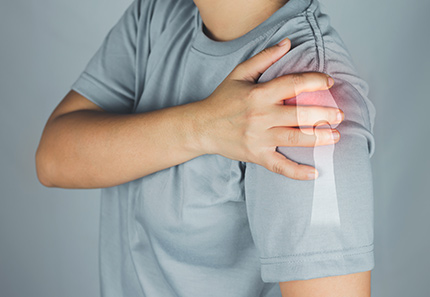
Shoulder
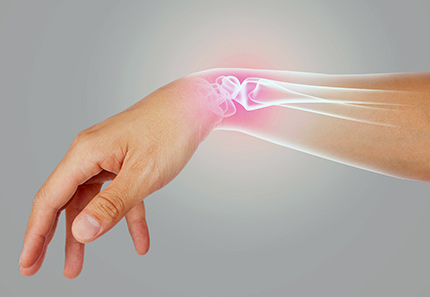
Wrist and Hand
Wrist tendonitis (also called deQuervain’s tendonitis or tenosynovitis) is an inflammation of the tendons that cross the wrist and attach to the thumb. If you have deQuervain’s tendonitis, it hurts to bend, extend or turn your wrist or form a fist with the thumb tucked inside. Activities such as writing, knitting and gripping something with your hand become uncomfortable. Pain is usually located in the front of the wrist and worsens with activity. Other symptoms include sensitivity to touch, limited mobility, and wrist weakness.
If detected early, tendonitis can be treated with steroids or anti-inflammatory medications. Advanced cases may require surgery.

